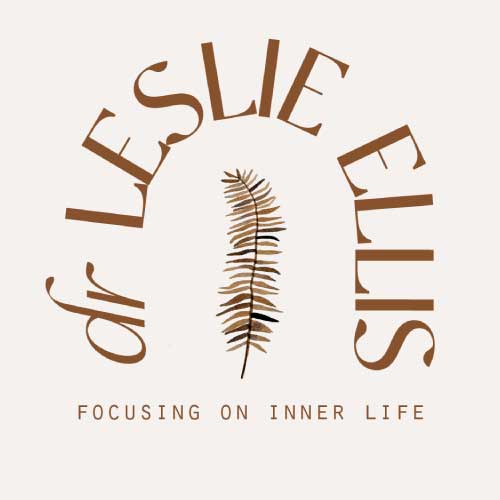Your dreams are an excellent barometer of your emotional life. And for those at risk for suicide, they can be a warning sign that is too often ignored. I have been calling for more clinicians to ask about dreams when their clients are dangerously depressed, and am pleased to see that others are joining the chorus.
Geoffroy (2023) wrote a letter to the journal, Bipolar Disorders suggesting that clinicians ask one simple question of their clients at risk for suicide: How are you dreaming? He states that dreams and their recent changes represent “a meaningful warning signal of the suicidal crisis.” This simple inquiry could help detect one of the foremost causes of death worldwide, particularly lethal in youth populations.
There is a clear and growing body of evidence to show that nightmares represent an independent risk factor for suicide, even when depression, post-traumatic stress and other risk factors are adjusted for. I have written a comprehensive review article of this evidence, now in press (Journal of Projective Psychology and Mental Health, 2024). Here is the abstract:
A robust link has been established between frequent nightmares and increased risk of suicide, both in adult and adolescent populations. Yet nightmares remain vastly undertreated for a confluence of reasons: patients rarely talk about their nightmares, clinicians rarely ask about them, and too few clinicians are trained to treat disturbing dreams. Current clinical research shows that nightmares are not only associated with posttraumatic stress disorder (PTSD), but also are more prevalent in most psychiatric disorders. There are myriad reasons for clinicians to inquire about and treat nightmares: Patterns of disturbed dreaming, and content of nightmares can provide warning signs of suicide; dream content can aid in diagnosis, treatment, and assessment of response to treatment; and there are established, evidence-based treatments for nightmares that appear to reduce nightmare frequency and distress, as well as other symptoms of post-traumatic stress. Mechanisms of action remain unclear, and the range of treatment options could be expanded, so further research is needed. In the meantime, viable nightmare screening and treatment options currently exist that have the potential to mitigate suicide risk.
Some compelling evidence cited by Geoffroy in his letter includes a review by Akkaoui and colleagues (2020) which concluded that chronic nightmares affect up to 70% of patients with personality, mood or post-traumatic stress disorders. The researchers concluded: “Nightmares are overrepresented in mood and psychotic disorders… These findings emphasize major clinical and therapeutic implications.”
Changes in Nightmare Content Can Predict Suicide
Another recent study underscores the importance of tracking the dream content of those in crisis. Geoffroy (2022) offers some clarity about specific ways that nightmares escalate prior to a suicide attempt. The study of 40 patients hospitalized for suicidal crisis found that 80% had experienced changes in their dream lives prior to their crisis. Two-thirds experienced bad dreams, half had nightmares and 22% had dreams about suicide. The researchers also noted a progression in the way dreams changed, with bad dreams appearing 4 months’ prior, nightmares 3 months’ prior and suicidal scenarios 1.5 months’ prior to the suicidal crisis. They concluded: “Dream alterations and their progression can be readily assessed and may help to better identify prodromal signs of suicidal behaviors.”
Nightmares and suicide are clearly linked, and much more can be done to research, inquire into and treat nightmares as a way of reducing suicide risk. In my clinical experience treating trauma and nightmares over two decades, I see great benefit in treating these dreams. The content itself can point to areas of trauma that need to be metabolized and integrated, and when this is achieved, the nightmares tend to change or sometimes cease altogether. Also, when patients are taught simple ways to rescript their nightmares, this can provide a constructive alternative to rumination leading to suicidal thoughts. These dreamers say they feel empowered when they know they can do something about their nightmares, which increases hope and agency, and improves sleep quality. All of these factors can reduce suicide risk.
Don’t miss our 1-hour seminar on critical information for therapists about nightmares and suicide, including current research and how to help. We are currently offering a 30% discount! Click here to avail the promo!
For those interested in learning more about nightmare treatment and the nightmare-suicide link, I have a range of online courses available covering these topics in detail at https://drleslieellis.com/products/
References
Akkaoui, M., Lejoyeux, M., d’Ortho, M. & Geoffroy, P. (2020). Nightmares in Patients with Major Depressive Disorder, Bipolar Disorder and Psychotic Disorders: A Systematic Review. Journal of Clinical Medicine, 9(12), 3990.
Ellis, L. A. (2024, in press). The Alarming Nightmare-Suicide Link: Evidence, Theories and Implications for Treatment. Journal of Projective Psychology and Mental Health, 31(2).
Geoffroy, P. A. (2023). How Are You Dreaming? A Very Simple Question to Screen for Suicide Risk. Bipolar Disorders, (25)4, 341.
Geoffroy, P., Borand, R., Ambar Akkaoui, M., Yung, S., Atoui, Y., Fontenoy, E., Maruani, J., & Lejoyeux, M. (2022). Bad dreams and nightmares preceding suicidal behaviors. The Journal of Clinical Psychiatry, 84(1), 22m14448.

